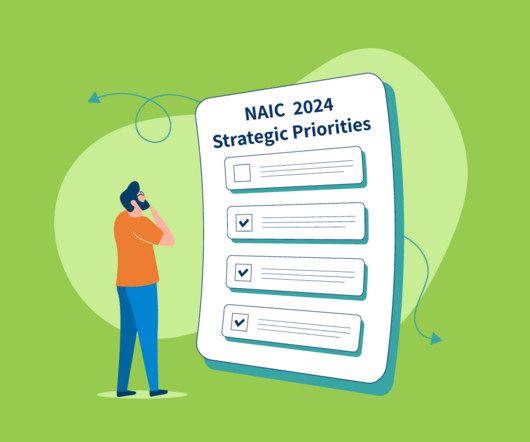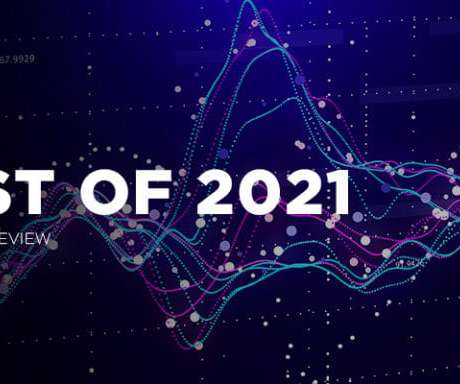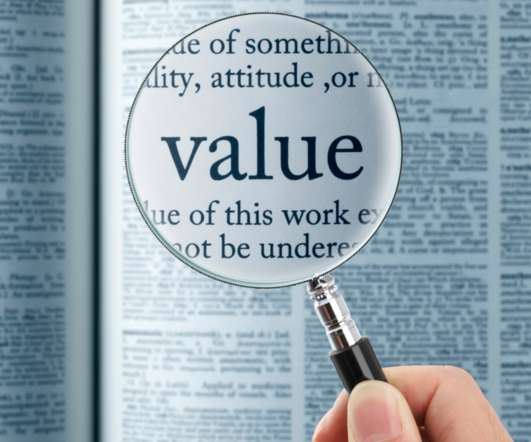How Insurance Companies Can Align with the NAIC 2024 Strategic Priorities using ERM
LogisManager
MARCH 7, 2024
How Insurance Companies Can Align with the NAIC 2024 Strategic Priorities using ERM Last Updated: March 7, 2024 What are the NAIC Strategic Priorities for 2024? The National Association of Insurance Commissioners (NAIC) is the U.S. standard-setting and regulatory support organization for the state-based insurance regulatory system.
































Let's personalize your content